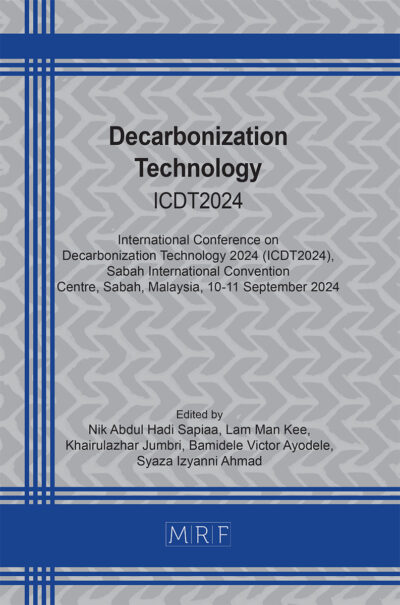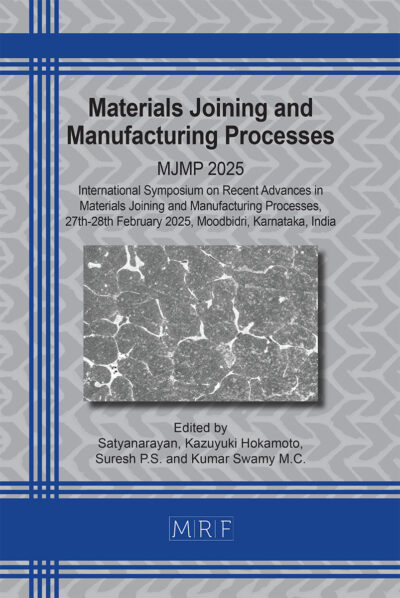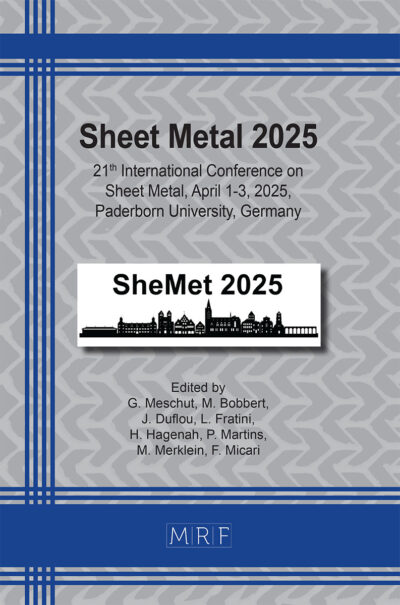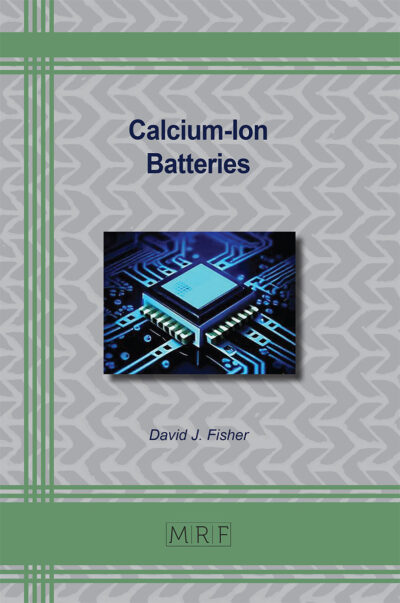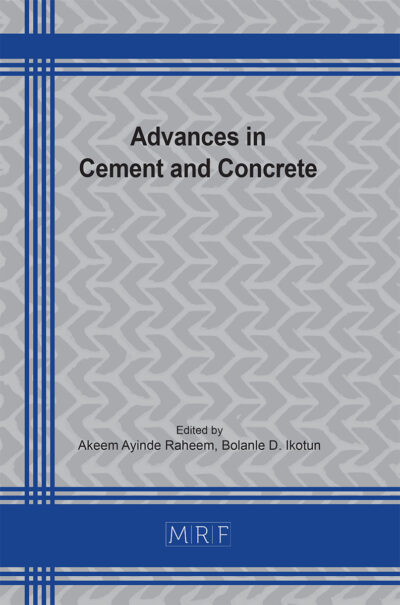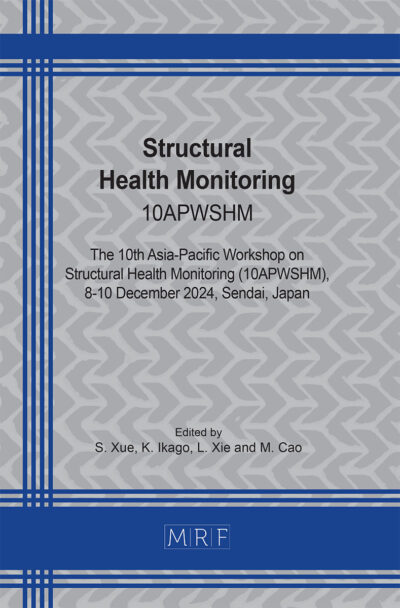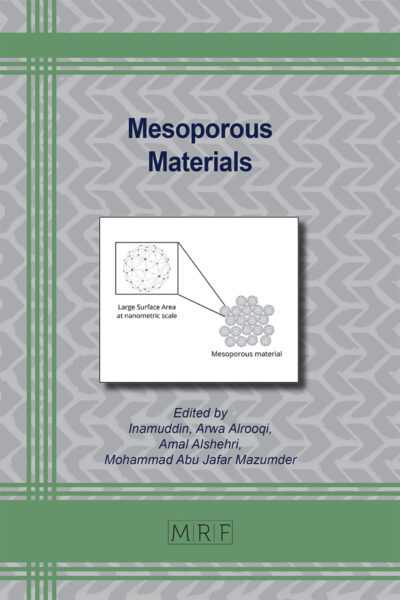Optimizing CO2 storage efficiency using formic acid intervention for salt precipitation management: insights from static batch experiments and core flooding studies
VICTOR Darkwah-Owusu, MD YUSOF Muhammad Aslam, NGUKU Anita
Abstract. Geological CO2 storage is a vital technique to reduce the global carbon footprint. However, this technique is hindered by frequent salt precipitation due to the CO2 injection. This study experimentally evaluates the impact of formic acid as salt precipitation mitigation products to improve CO2 injectivity, through core flooding experiments on selected core samples, and static batch experiments. The main hypothesis is to verify the claim if formic acid can improve CO2 injectivity in salt-induced formation damage. The experiments were conducted in two stages using a 7wt% brine and 17wt% brine at conditions of 1600psi and 60 oC. The results were compared with freshwater, which is a conventional technique used to dissolve the salts. Also, SEM images were taken at each of the stages to understand the morphological and petrographical changes pre- and-post treatment. Results from this study showed salt precipitation led to a reduction in porosity and permeability. Specifically, porosity decreased by 25-30%, while permeability decreased by up to 72% across all tested scenarios post CO2 injection. Also, the salting-out effect was more pronounced in high salinity brine compared to low salinity brine. Injection of remediation fluids during tests effectively opened pore spaces and throats in core samples, resulting in increased permeability. After using reactive fluids, permeability improved by up to 16% compared to the sample’s initial permeability. Based on the SEM analysis of the core samples pre-and-post treatment, it was found that, salt precipitation not only blocked the pore spaces within the core matrix, but it also accumulated significantly around the rock grains, forming aggregates of salts. Also, after flooding with the treatment fluid, the SEM results reveal increased pore throats and salt dissolution. This observation shows the possibility of using formic acid as a treatment fluid for the reduction of salt precipitation occurring in both the pore spaces and pore throats. By understanding the intricate interplay between salt precipitation and rock behavior after using reactive fluids, the efficiency and sustainability of geological CO2 storage can be enhanced.
Keywords
Geological CO2 Storage, CO2 Injectivity Improvement, Salt Precipitation, Formation Damage
Published online 4/25/2025, 11 pages
Copyright © 2025 by the author(s)
Published under license by Materials Research Forum LLC., Millersville PA, USA
Citation: VICTOR Darkwah-Owusu, MD YUSOF Muhammad Aslam, NGUKU Anita, Optimizing CO2 storage efficiency using formic acid intervention for salt precipitation management: insights from static batch experiments and core flooding studies, Materials Research Proceedings, Vol. 53, pp 125-135, 2025
DOI: https://doi.org/10.21741/9781644903575-12
The article was published as article 12 of the book Decarbonization Technology
![]() Content from this work may be used under the terms of the Creative Commons Attribution 3.0 license. Any further distribution of this work must maintain attribution to the author(s) and the title of the work, journal citation and DOI.
Content from this work may be used under the terms of the Creative Commons Attribution 3.0 license. Any further distribution of this work must maintain attribution to the author(s) and the title of the work, journal citation and DOI.
References
[1] IEA, “CCUS in Clean Energy Transitions, IEA, Paris,” 2020. [Online]. Available: https://www.iea.org/reports/ccus-in-clean-energy-transitions
[2] Y. Peysson, L. André, and M. Azaroual, “Well injectivity during CO2 storage operations in deep saline aquifers-Part 1: Experimental investigation of drying effects, salt precipitation and capillary forces,” (in English), Int J Greenh Gas Con, vol. 22, pp. 291- 300, Mar 2014, https://doi.org/10.1016/j.ijggc.2013.10.031
[3] H. Emami-Meybodi, H. Hassanzadeh, C. P. Green, and J. Ennis-King, “Convective dissolution of CO2 in saline aquifers: Progress in modeling and experiments,” (in English), Int J Greenh Gas Con, vol. 40, pp. 238-266, Sep 2015, https://doi.org/10.1016/j.ijggc.2015.04.003.
[4] C. W. MacMinn, M. L. Szulczewski, and R. Juanes, “CO2 migration in saline aquifers. Part
2. Capillary and solubility trapping,” (in English), J Fluid Mech, vol. 688, pp. 321-351, Dec 2011, https://doi.org/10.1017/jfm.2011.379
[5] M. A. Md Yusof et al., “Predictive Modelling of CO2 Injectivity Impairment due to Salt Precipitation and Fines Migration During Sequestration,” in International Petroleum Technology Conference, 2021, vol. Day 1 Tue, March 23, 2021, D012S045R156, doi: 10.2523/iptc-21483-ms. [Online]. Available: https://doi.org/10.2523/IPTC-21483-MS
[6] M. Torsæter and P. Cerasi, “Geological and geomechanical factors impacting loss of near- well permeability during CO2 injection,” Int J Greenh Gas Con, vol. 76, pp. 193-199, 2018. https://doi.org/10.1016/j.ijggc.2018.07.006
[7] F. Othman, M. Yu, F. Kamali, and F. Hussain, “Fines migration during supercritical CO2 injection in sandstone,” (in English), J Nat Gas Sci Eng, vol. 56, pp. 344-357, Aug 2018, https://doi.org/ 10.1016/j.jngse.2018.06.001
[8] G. Cui, Z. Hu, F. Ning, S. Jiang, and R. Wang, “A review of salt precipitation during CO2 injection into saline aquifers and its potential impact on carbon sequestration projects in China, Fuel, vol. 334, pp. 126615-126615, 2023, https://doi.org/10.1016/j.fuel.2022.126615
[9] B. Wei, B. W. Wang, X. Li, M. Aishan, and Y. Ju, “CO2 storage in depleted oil and gas reservoirs: A review,” (in English), Advances in Geo-Energy Research, vol. 9, no. 2, pp. 76-93, Aug 2023, https://doi.org/10.46690/ager.2023.08.02
[10] S. H. Hajiabadi, P. Bedrikovetsky, S. Borazjani, and H. Mahani, “Well Injectivity during CO2 Geosequestration: A Review of Hydro-Physical, Chemical, and Geomechanical Effects,” (in English), Energ Fuel, vol. 35, no. 11, pp. 9240-9267, Jun 3 2021, https://doi.org/10.1021/acs.energyfuels.1c00931
[11] J. Ren and D. Feng, “Sensitivity Analysis Strategy to Assess the Salting-Out Problem during CO2 Geological Storage Process,” (in English), Shock and Vibration, vol. 2021, pp. 1-14, Dec 21 2021, https://doi.org/10.1155/2021/2809467
[12] Y. A. Sokama-Neuyam et al., “Experimental and theoretical investigation of the mechanisms of drying during CO(2) injection into saline reservoirs,” Sci Rep, vol. 13, no. 1, p. 9155, Jun 6 2023, https://doi.org/10.1038/s41598-023-36419-3
[13] S. M. Roels, H. Ott, and P. U. Zitha, “μ-CT analysis and numerical simulation of drying effects of CO2 injection into brine-saturated porous media,” (in English), Int J Greenh Gas Con, vol. 27, pp. 146-154, Aug 2014, https://doi.org/10.1016/j.ijggc.2014.05.010
[14] R. Shaibu, Y. A. Sokama-Neuyam, and J. R. Ursin, “A Theoretical Study of the Effect of Salt Precipitation on CO2 Injectivity,” presented at the Day 2 Thu, February 08, 2018, 2018. [Online]. Available: https://doi.org/10.2118/189470-MS
[15] M. Nooraiepour, H. Fazeli, R. Miri, and H. Hellevang, Salt Precipitation during Injection of CO2 into Saline Aquifers: Lab-on-chip Experiments on Glass and Geomaterial Microfluidic Specimens. 2018.
[16] W. Kleinitz, G. Dietzsch, and M. Köhler, “Halite Scale Formation in Gas-Producing Wells,” Chemical Engineering Research and Design, vol. 81, no. 3, pp. 352-358, 2003, https://doi.org/0.1205/02638760360596900
[17] N. Smith et al., “Quest CCS facility: Halite damage and injectivity remediation in CO2 injection wells,” (in English), Int J Greenh Gas Con, vol. 119, pp. 103718-103718, Sep 2022, https://doi.org/10.1016/j.ijggc.2022.103718
[18] S. Grude, M. Landro, and J. Dvorkin, “Pressure effects caused by CO2 injection in the Tubaen Fm., the Snohvit field,” (in English), Int J Greenh Gas Con, vol. 27, pp. 178-187, Aug 2014, https://doi.org/10.1016/j.ijggc.2014.05.013


